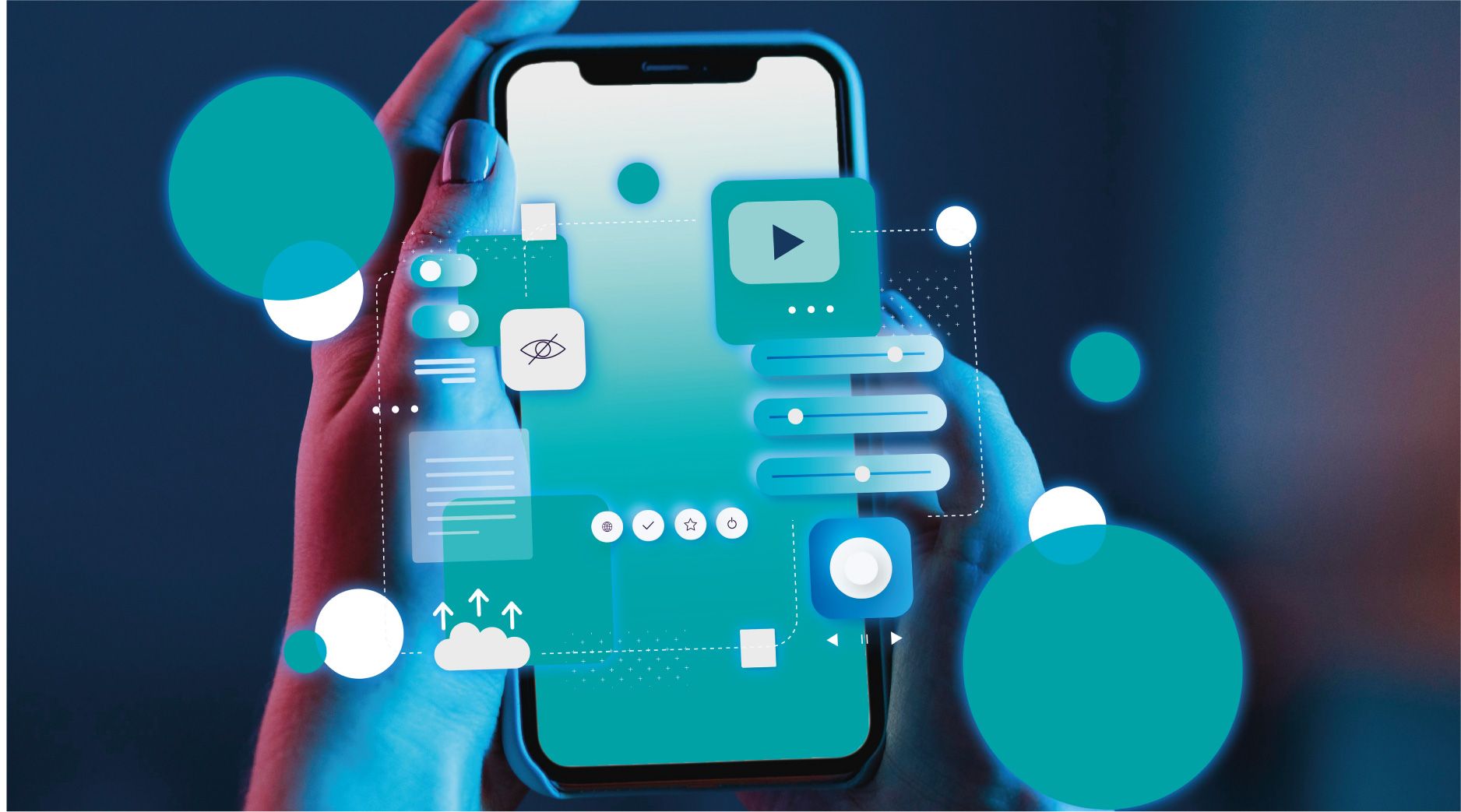The 5G Revolution: How Faster Connectivity Will Shape the Future

The 5G Revolution: How Faster Connectivity Will Shape the Future
The 5G Revolution: How Faster Connectivity Will Shape the Future
In an age where being 'connected' is paramount, technological breakthroughs in wireless connectivity are poised to redefine the landscape. Enter 5G, the next generation of mobile internet that promises to catalyze a wave of innovation and transformation. The roll-out of 5G networks heralds a new era for mobile technology and an entire ecosystem of industries, from healthcare to manufacturing.
The transition to 5G is more than just a step up from its predecessor. It symbolizes a paradigm shift that will introduce vast speed, responsiveness, and connectivity improvements, supporting a world of ultra-high-definition entertainment, immersive augmented and virtual reality experiences, and efficient data transfer. More significantly, it will be the backbone that supports the growth of IoT, smart cities, and autonomous vehicles.
Understanding the Basics of 5G
To grasp the implications of 5G, it's crucial to understand how it differs from the 4G LTE that we currently use. While 4G networks mainly rely on giant cell towers, 5G operates with a combination of various frequencies, including lower-spectrum bands and higher-millimeter wave bands, which offer high-speed download and upload speeds.
One of the most significant changes with 5G is the reduction in latency—the time it takes for a device to communicate with the network. This near-instantaneous response is a game-changer for applications that require real-time interaction, such as online gaming, telemedicine, and industrial automation. Furthermore, 5G networks will be able to connect many more devices per unit area, paving the way for a truly interconnected world.
The Impact on Industries
Industries across the spectrum are eagerly awaiting the benefits of 5G. In healthcare, the technology can precisely support remote surgeries and patient monitoring, making specialized treatment more accessible. In manufacturing, the low latency ensures that intelligent machines can communicate with each other effectively, leading to more efficient production lines.
The transportation sector will see monumental changes with 5G. It will be the backbone of communication for autonomous vehicles, making split-second decisions prioritizing safety and traffic management. The improved network speeds for retailers enable instant inventory updates and seamless customer experiences, with AR and VR applications revolutionizing the in-store experience.
Digital Divide and Inclusivity
While the potential advancements with 5G are promising, an essential aspect to consider is the potential deepening of the digital divide. Investments in infrastructure and technology need to be mindful of ensuring that all communities can benefit. Bridging this divide is crucial for leveraging 5G to enhance education, small business capabilities, and community services.
Efforts in inclusivity can forge a more equitable society where access to information and opportunities is not dictated by geography or socio-economic factors. Community-based broadband projects and government initiatives will play a pivotal role in democratizing this technology and ensuring a more balanced digital ecosystem.
Environmental Considerations
The widespread deployment of 5G networks is controversial, particularly regarding the environmental impact. The expansion of cellular infrastructure requires more cell sites, potentially leading to increased energy consumption and the need for more raw materials.
To mitigate these risks, the industry is exploring eco-friendly solutions such as deploying renewable energy sources for cell sites and developing more energy-efficient hardware. Additionally, the consolidation of infrastructure, like the shared use of small cells, and the implementation of intelligent energy management systems offer potential avenues to reduce the environmental footprint associated with 5G.
Security and Privacy Concerns
With the increased wireless connectivity dependency, data security and privacy concerns have naturally surfaced. The 5G infrastructure's complexity and the sheer volume of connected devices make it a new and potentially attractive target for cyber threats.
Addressing these concerns involves a multi-faceted approach, including robust encryption protocols, artificial intelligence-driven security tools, and collaboration between technology companies and regulatory bodies to establish industry best practices. User education on best security practices for connected devices is equally essential in safeguarding personal and corporate data.
Developing a 5G Strategy
A comprehensive strategy is critical for businesses looking to capitalize on the opportunities 5G presents. Starting with an analysis of how 5G can enhance their offerings and operations, companies can then pilot use cases and identify key performance indicators to measure success.
Investing in 5G technologies is not just about upgrading hardware; it involves rethinking business models, training staff, and working with partners to create synergistic ecosystems. Commonly overlooked areas, such as supply chain management and customer engagement, also need to be part of a holistic approach to maximize the benefits of 5G.
The Consumer Experience
On a consumer level, 5G will revolutionize daily life. Streaming services will provide higher quality and more immersive content, while AR and VR experiences will become more accessible. Enhanced video calling and real-time translation services will bring people closer, transcending distance and language barriers.
This heightened connectivity will also drive the adoption of IoT devices, from smart home appliances to wearable health monitors, creating an environment where everything is seamlessly interconnected and responsive. The convenience and personalization that 5G enables will raise consumer expectations and create new opportunities for businesses to differentiate themselves in the market.
The Road Ahead
The adoption and integration of 5G technology into our daily lives and the broader economy is an ongoing process with significant milestones and advancements yet to come. The 5G revolution will be a marathon, not a sprint, with consistent technological innovation and adaptation.
Continued investment in research and infrastructure, proactive measures for inclusivity and sustainability, and a vigilant approach to security and privacy will be the pillars that uphold the benefits and promise of 5G. The road ahead is intricate, but the future it leads us to is filled with boundless potential and unprecedented connectivity.
In conclusion, the dawn of 5G signals a new chapter in the digitization of our world. With its capabilities to connect us faster and further, 5G is the fabric that weaves together the Internet of Things (IoT), facilitates the growth of virtual and augmented reality, and empowers next-gen technologies like AI and autonomous vehicles. However, it also prompts us to be prepared for the accompanying winds of change, from refining our cybersecurity strategies to ensuring every corner of the globe is within reach. The 5G revolution is not just about speed but the systematic overhaul of how we communicate, consume, and create. It's nothing short of a technological renaissance, and we must all be ready to adapt, innovate, and thrive in this dynamic era.


